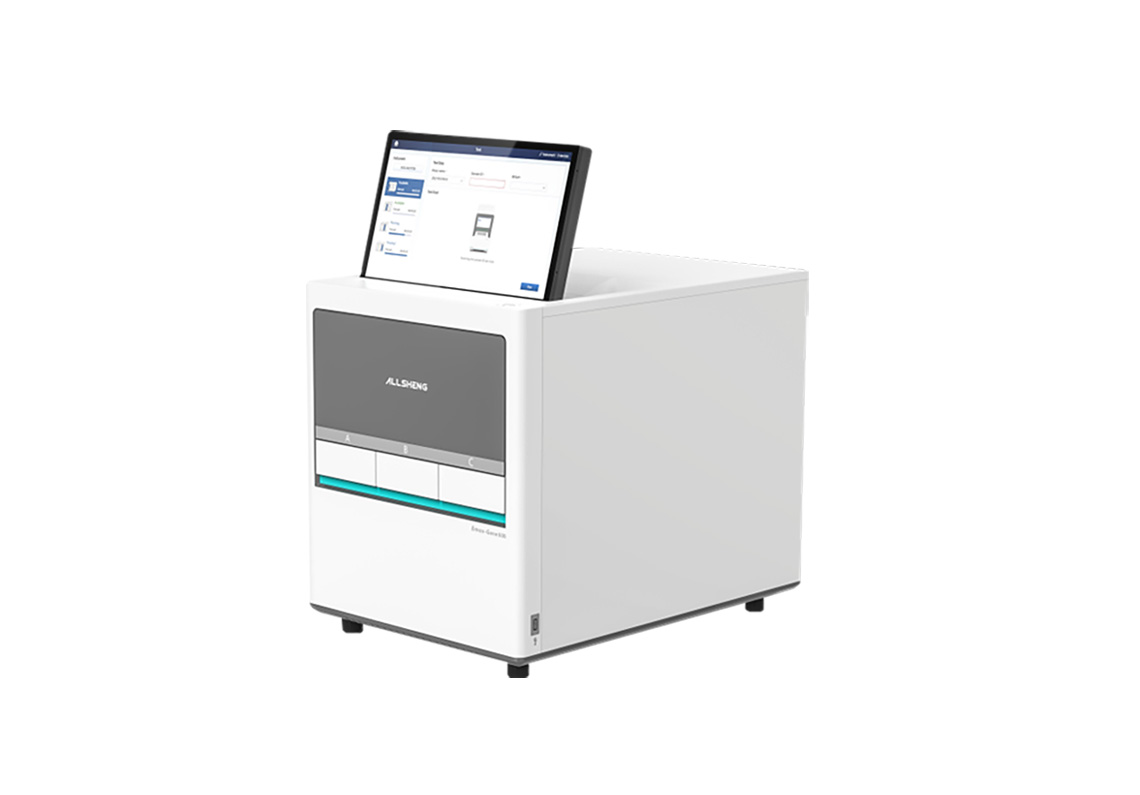▪ User-Friendly Operation
Automatic analysis provides positive and negative results, which can meet the detection needs of various analysis modes such as qualitative / quantitative, genotyping, isothermal amplification, melting curve, etc.
With a 13.3-inch touch screen, a single machine can complete operations such as protocol settings, testing, result analysis, report export, etc.
Advanced Ct and image recognition algorithms enable result analysis without the need for reference dyes, improving experimental efficiency.
▪ Advanced Temperature Control System
The independent block has independent temperature control. The combination of high-quality block materials and high-precision block temperature control system ensures the thermal conduction effect to achieve excellent temperature uniformity.
Adaptive determination of the height of the thermo lid, which can automatically determine the required pressing force based on the height of the test tube, improve sealing performance and avoid reagent evaporation.
▪Fast and Reliable Optical Detection System
Using top imaging technology and full well optical path detection, fast detection speed, 5s to complete the detection of 3 blocks and 6 channels.
Long-life LED light source with a CMOS imaging system and a set of finely adjusted independent filter wheels, and the channels can be freely combined, which can cope with multiple detection experiments.
Using optical fiber conduction to improve the fluorescence signal strength, reduce the optical conduction loss, and eliminate the edge effect in the optical path.

 Biological Sample Preparation
Biological Sample Preparation
 Life Science Detection Products
Life Science Detection Products
 POCT Detection & Reagent
POCT Detection & Reagent
 Automation & Liquid Handling
Automation & Liquid Handling
 Laboratory Instrument
Laboratory Instrument
 Reagent & Consumable
Reagent & Consumable
 Others
Others
 OEM/ODM
OEM/ODM

























 + 86 571-88859758
+ 86 571-88859758 sales@allsheng.com
sales@allsheng.com




